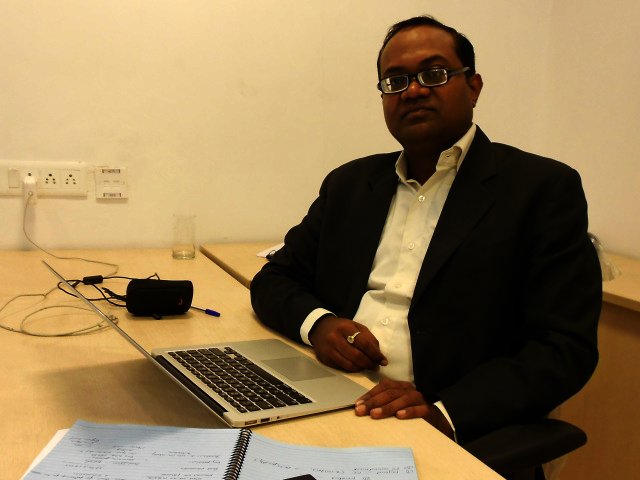By Vishal Barapatre, Chief Technology Officer at In2IT Technologies
The Internet of Things (IoT) market is poised to explode in South Africa and despite a few remaining barriers to adoption, the outlook is positive. Different sectors are trialling IoT projects combined with Artificial Intelligence (AI) testing to develop use cases, exploring the possibilities. Connectivity providers are gearing up, and IoT start-ups are increasingly emerging to prepare for the surge in uptake, estimated to happen over the next 18 months.
One of the best use cases to emerge is that of the Digital Twin. According to Wikipedia, the Digital Twin is a digital replica of physical assets (physical twin), processes and systems that can be used for various purposes. The digital representation provides both the elements and the dynamics of how an IoT device operates and lives throughout its life cycle. Globally, and for South African enterprises, the Digital Twin offers organisations the opportunity to make decisions, test strategies, plan and streamline at a virtual level. According to a study by Gartner, almost 50% of surveyed companies across China, Germany, Japan, and the US, are - or have plans to - use the Digital Twin by the end of the year.
While the Digital Twin is a fairly new concept to the South African market, it could revolutionise the way many industries operate, providing a financially viable means to analyse and optimise business operations.
Businesses can leverage IoT endpoints to build a virtual, digital replica of their operations or assets. The data generated by IoT devices can be analysed in real time to examine current operations, identify errors or areas of improvement, and make the necessary changes on a virtual level, testing their effectiveness without tampering with the physical entity or asset.
In this way, businesses can assess the impact of a change, and tweak and adapt it as required, before implementing it on real life operations.
The value of such an opportunity is not to be underestimated. Asset-heavy industries such as manufacturing will particularly benefit, given the current costs of testing and making changes to physical machinery. Machines are expensive, and there are high costs attached to pulling a machine out of the production cycle to make changes.
The Digital Twin will allow the manufacturer to make virtual changes to the machine, leveraging real-time data to assess its success, while the physical machine can continue to function as normal, ensuring no disruption to operations. On positive results from the Digital Twin model, the manufacturer can then physically implement the desired changes with confidence.
Manufacturing is not the only industry where the Digital Twin could have an impact. The retail industry also stands to benefit in many ways.
Retail outlets are designed for maximum sales output and are typically designed and stocked to suit the demographics of its location. A supermarket, for example, will stock standard items but will often also sell items specific to local demographics or seasonal demands.
Using a Digital Twin model, the supermarket could analyse sensor data to determine the effectiveness of its product placement, identify most or least popular items based on consumption rates, or even peak sales times for specific products. It can then modify its physical supply chain, stock levels and merchandising based on the most successful Digital Twin model provided.
However, saying that the Digital Twin model on a business-scale level is effective, but relies on a highly integrated network of IoT devices from multiple sources, as well as a back end of effective data analytics, and AI and VR platforms.
For real-time benefits to be realised, a business needs a solid network of technology supported by fast, robust connectivity. The Digital Twin needs to be integrated into – and as part of - the business’s digital strategy. Organisations often don’t know where to start, or how to tie their technologies together for best use of the Digital Twin for their specific needs, which is why they should ensure they are partnering with providers who understand not only their industry-specific requirements, but also how best to converge their digital technologies to best purpose.





